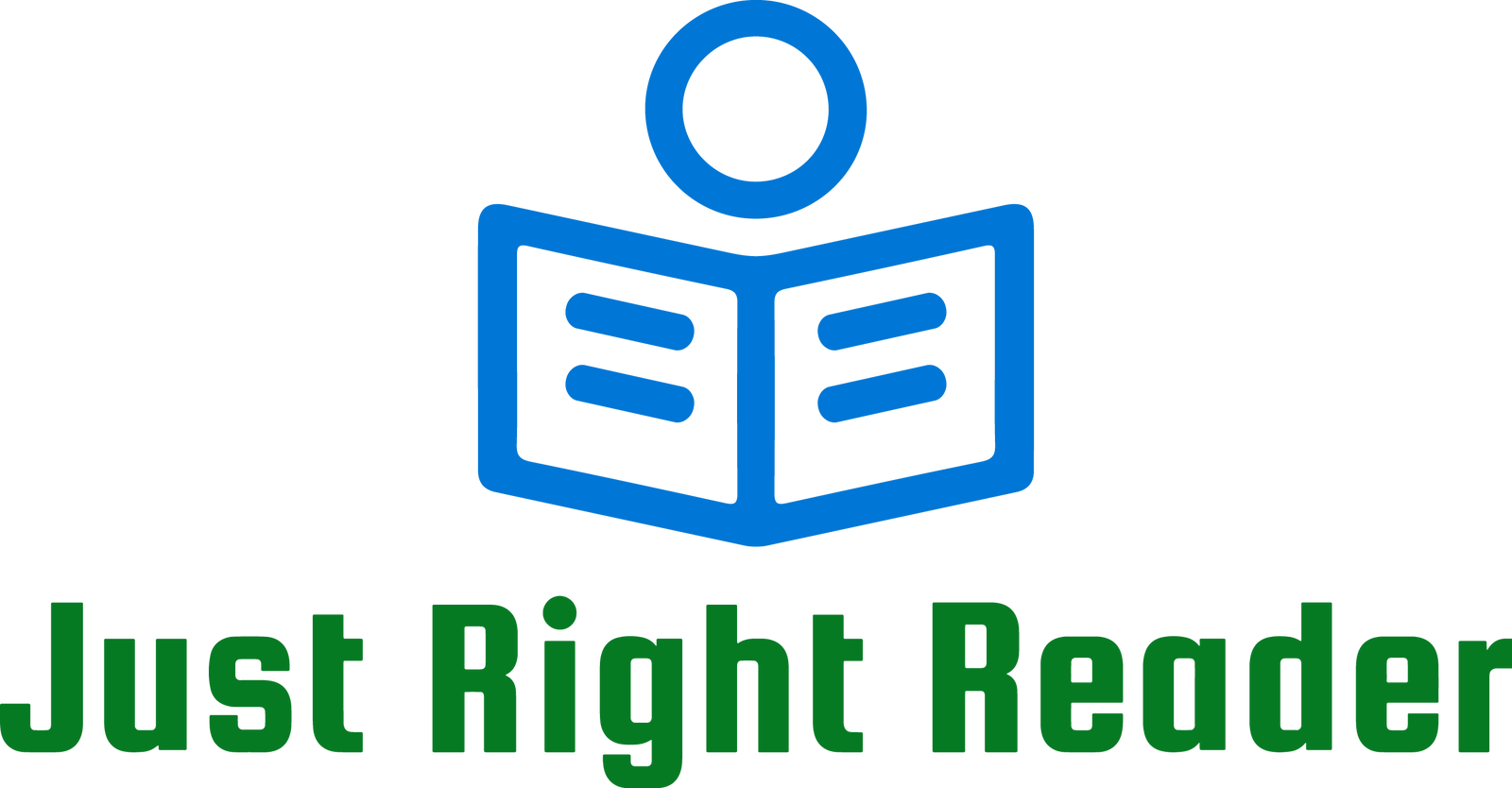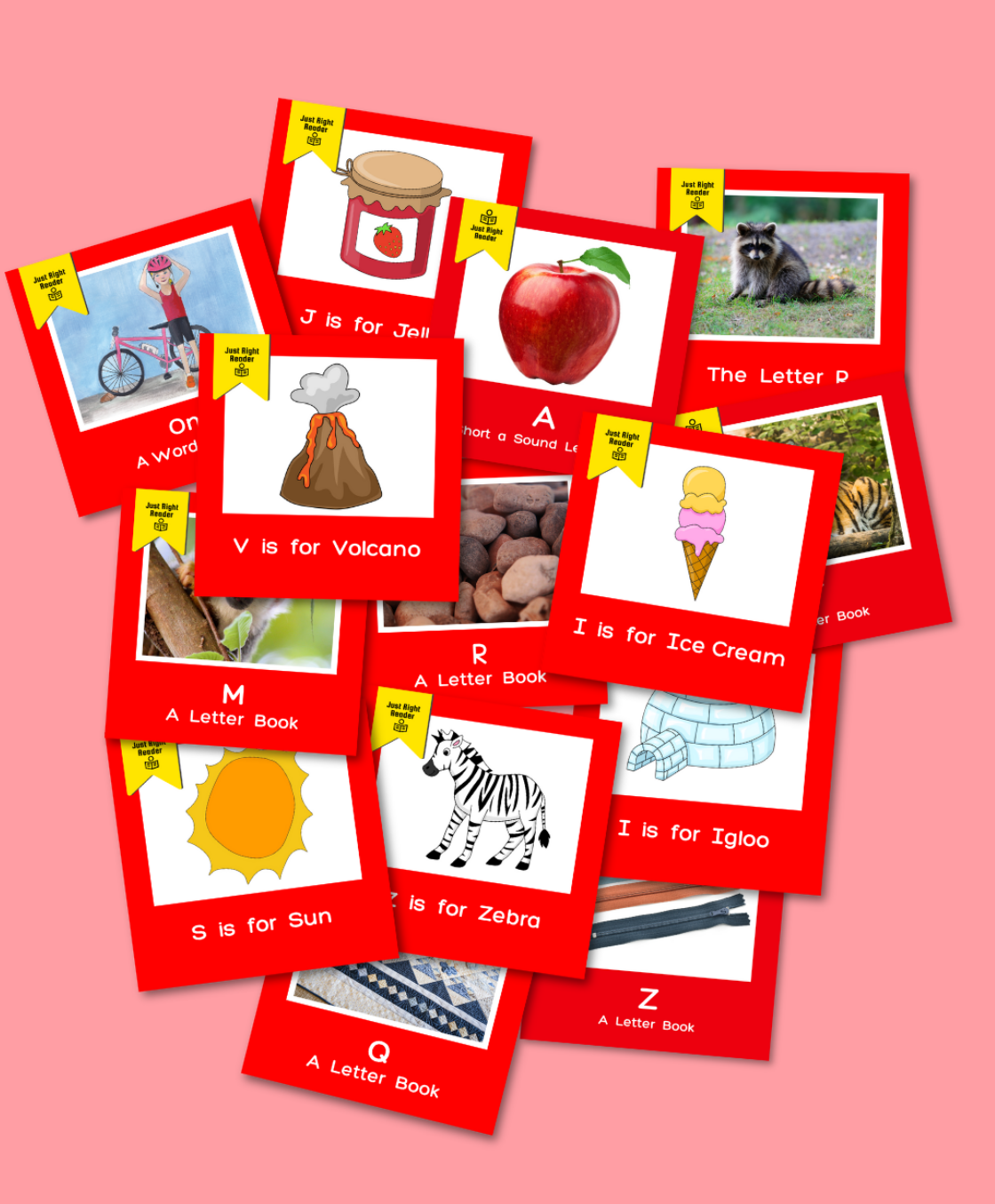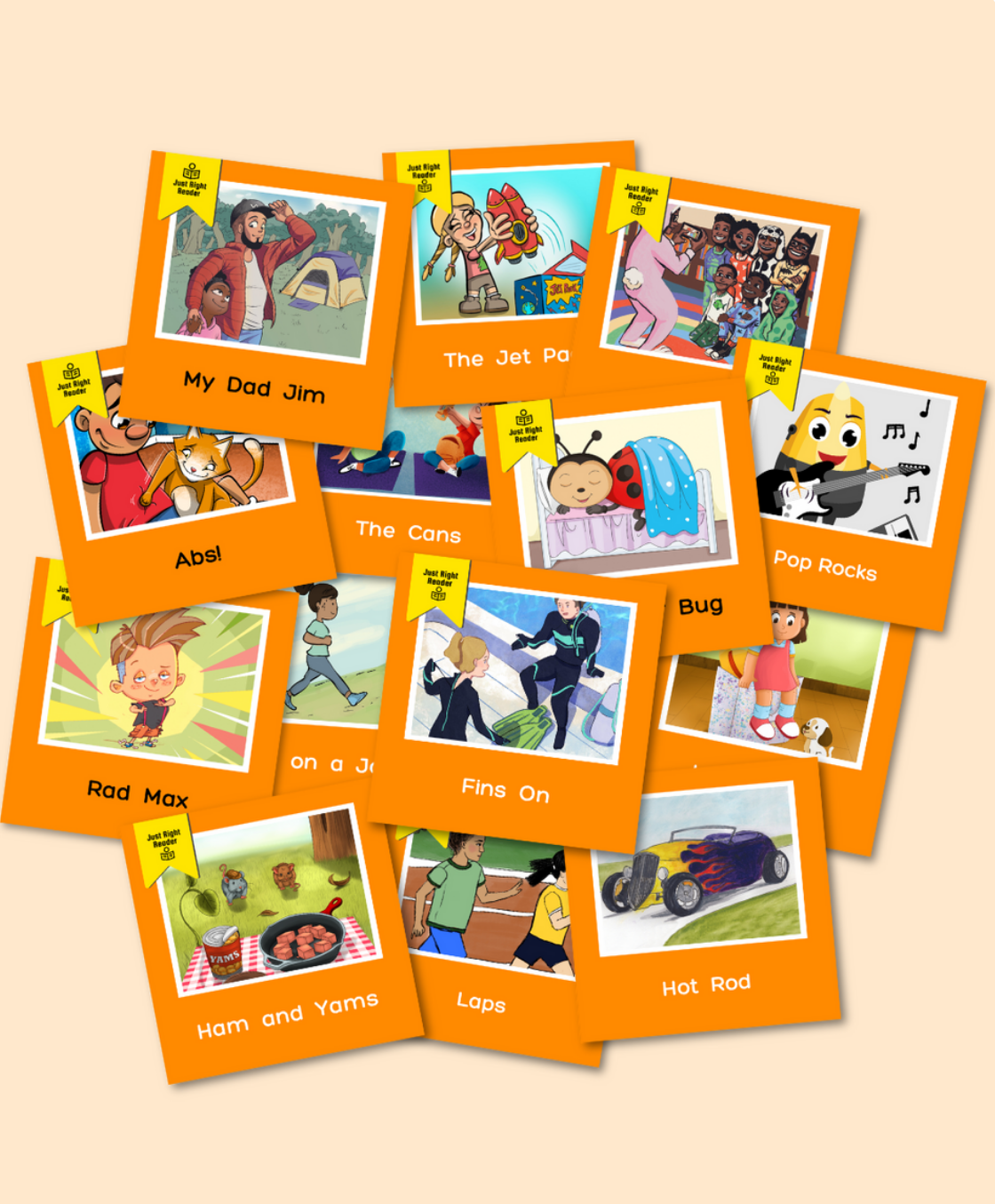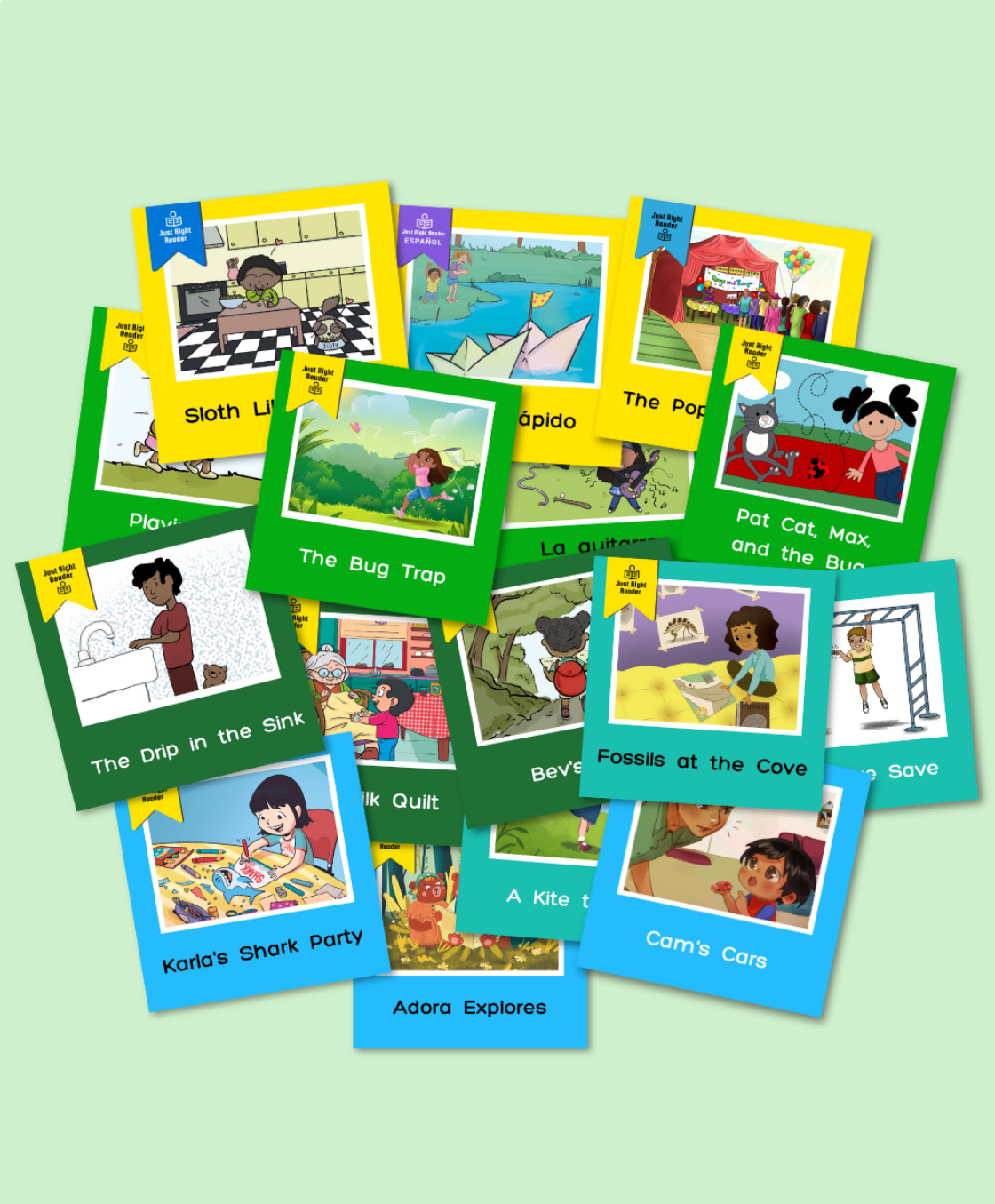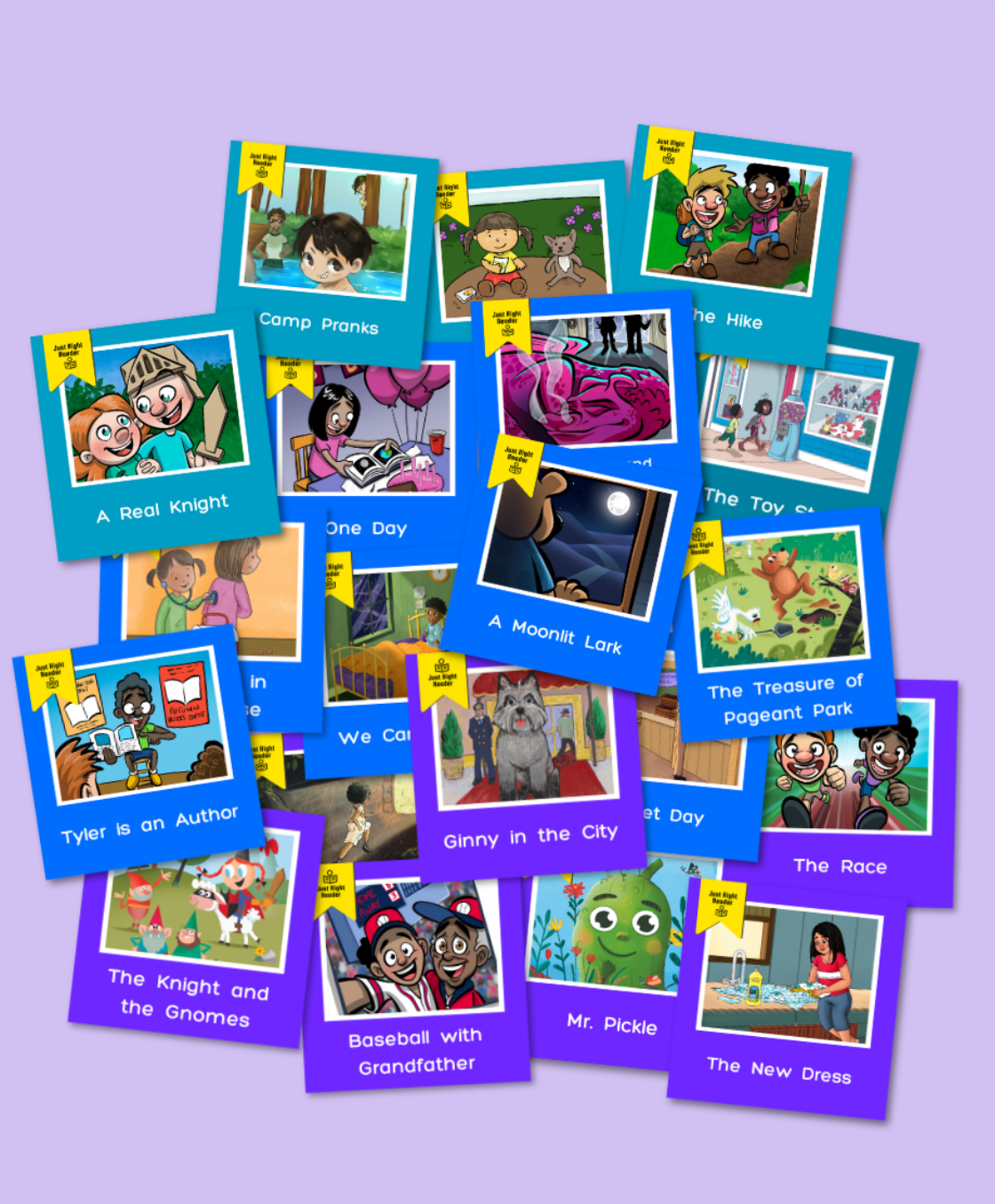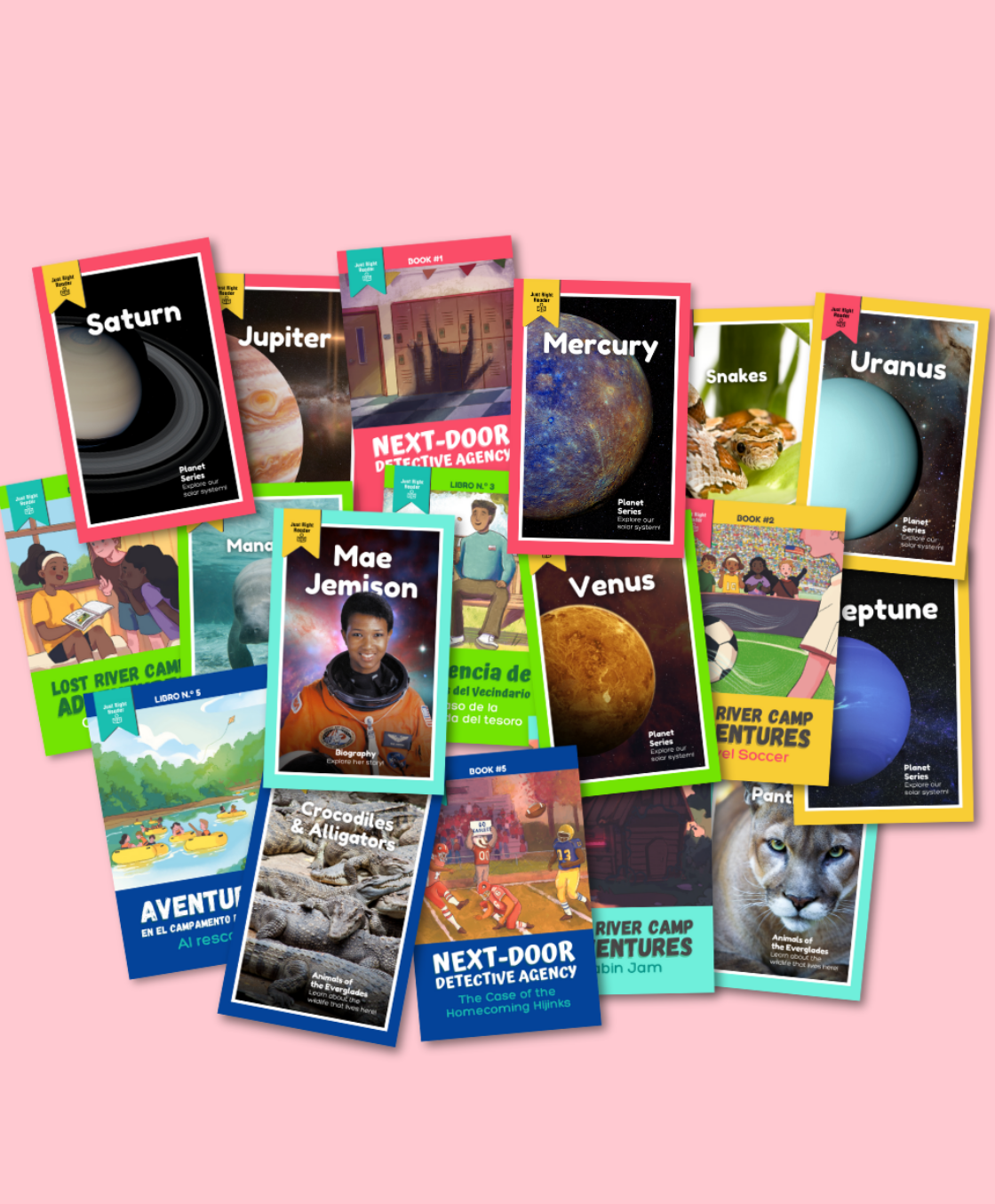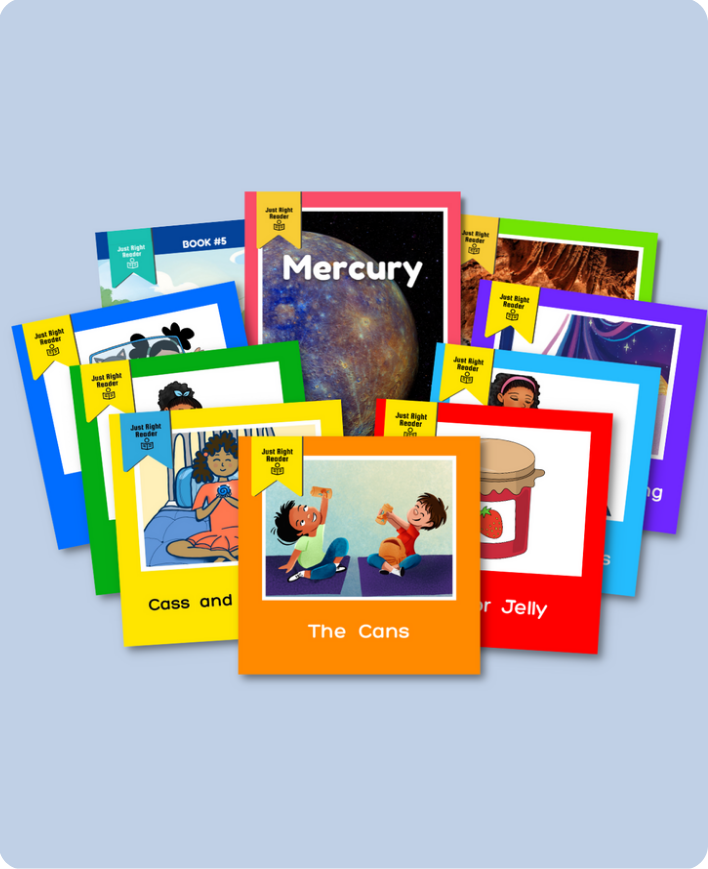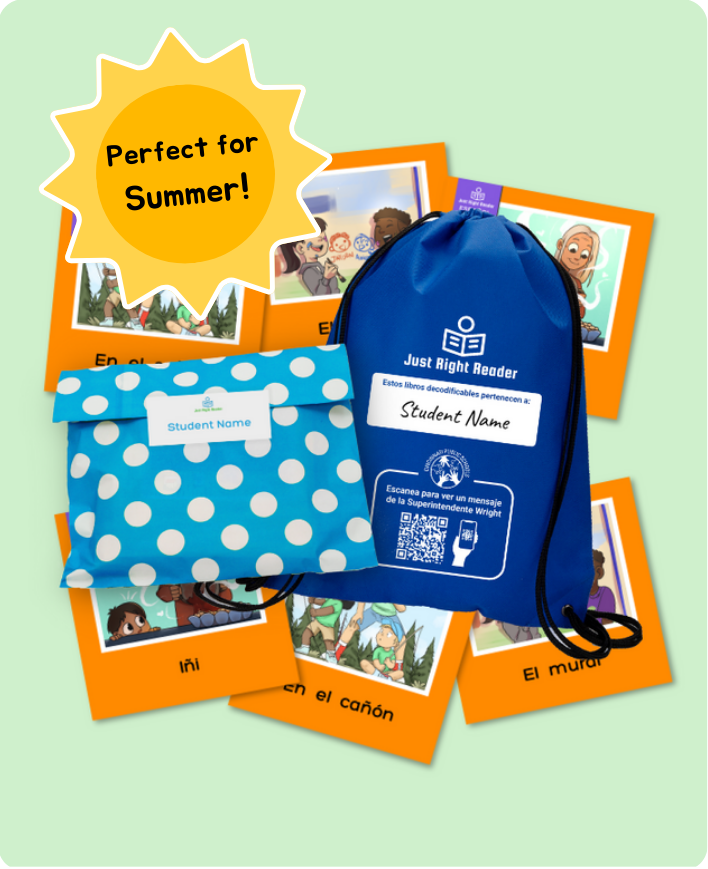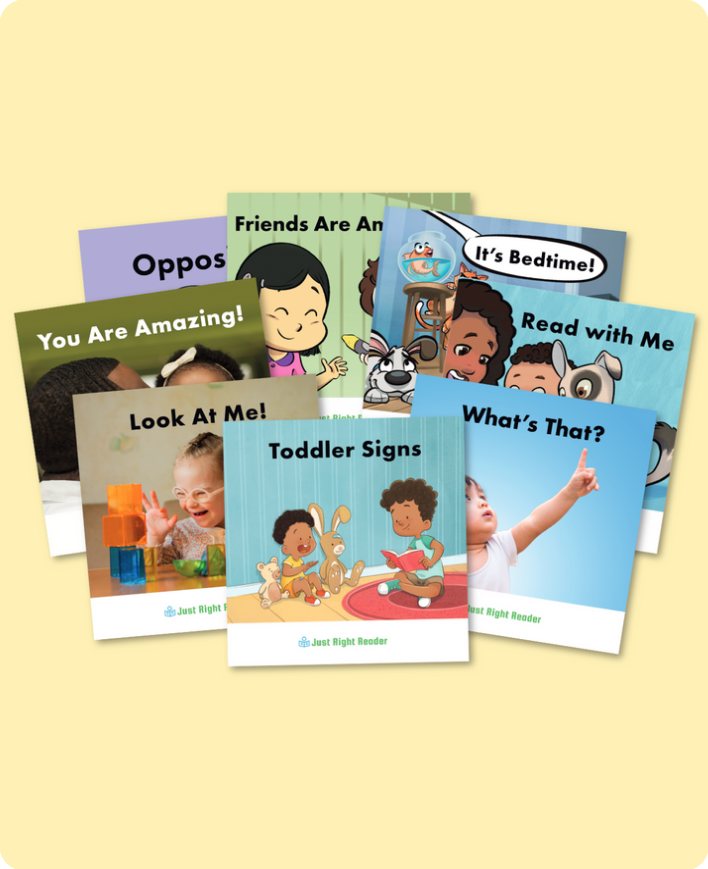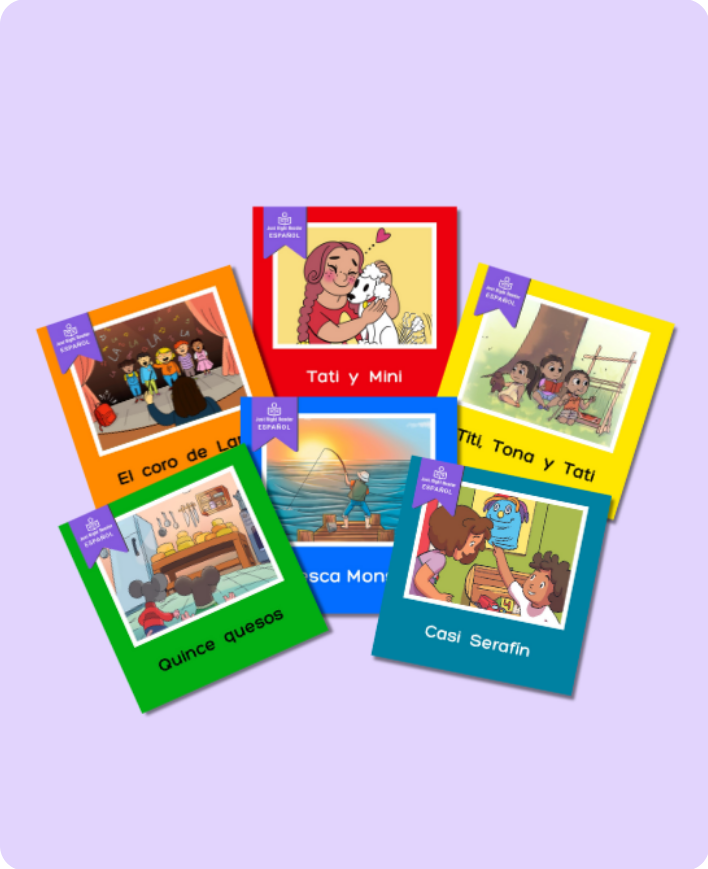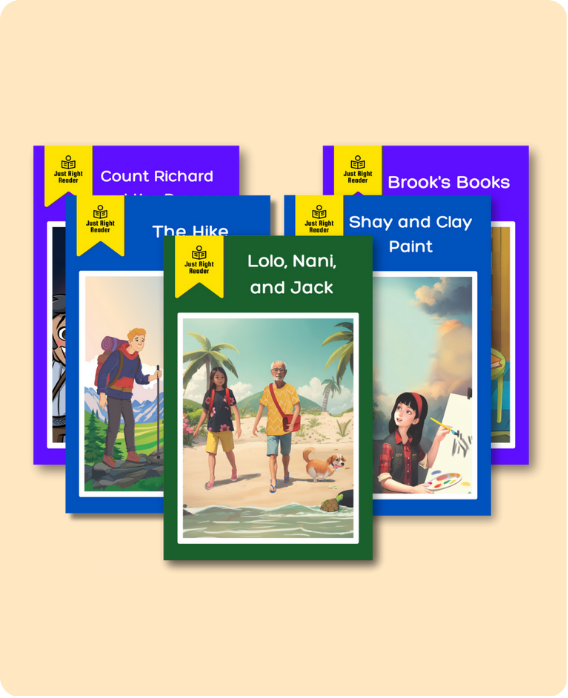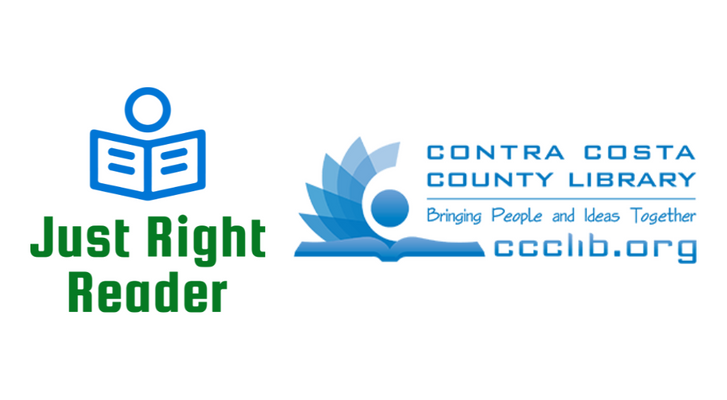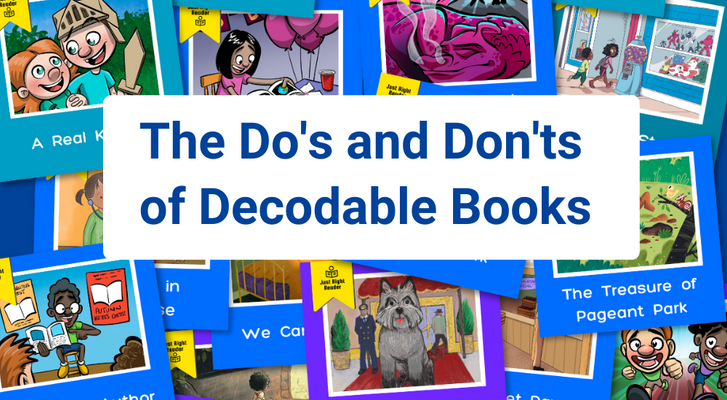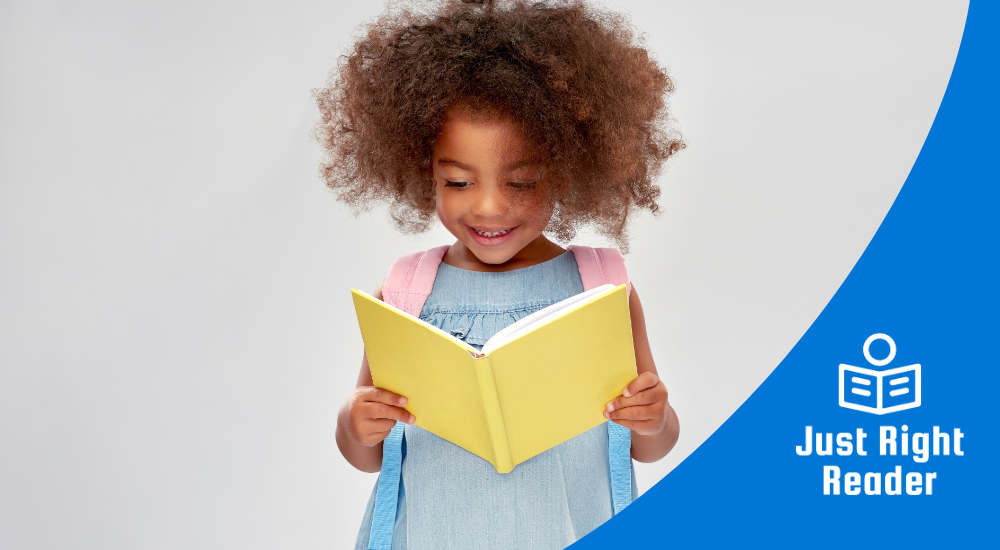
Reading is not just about decoding text but also about connecting with the content and making meaning of it. Background or prior knowledge is crucial in helping students understand and engage with what they read.
Learn why background knowledge is essential for reading development and which actionable strategies to use to support students as they become lifelong readers.
What is Background Knowledge?

Background knowledge refers to the information students already have about a subject through their experiences and education.
This information forms a framework for new information, helping students make sense of new information as they read. It includes everything from vocabulary and concepts to cultural nuances and historical context.
Background knowledge for an elementary student can vary widely based on their experiences, environment, and interests.
For example, when learning about the life cycle of a butterfly, a student may already know the stages because it's their favorite animal, and they have read books about butterflies. However, a student who has never seen a butterfly before may not have the background knowledge needed to learn the concept as quickly.
Why is Background Knowledge Important?

Background knowledge is vital because it directly impacts comprehension and learning. Readers use their existing knowledge to interpret new information, make inferences, and draw conclusions.
Research shows that students with rich background knowledge in a subject area understand and retain more of what they read than those with less prior knowledge (Marzano, 2004).
Enhancing background knowledge is a pathway to improved academic achievement across various subjects (Hirsch, 1987). It's not about merely decoding words, but about connecting new information to an existing framework, facilitating deeper understanding and retention.
Five Strategies to Build Background Knowledge

-
Pre-Teaching Key Vocabulary and Concepts
Before introducing new reading materials, discuss essential vocabulary and concepts that will appear in the text. This preparation can help students understand and integrate new information more effectively.
-
Using Multimedia Resources
Incorporate videos, images, and interactive media to introduce or expand on a topic. Multimedia can provide a richer context and make abstract concepts more concrete and relatable.
-
Connecting Content to Students' Lives
Make learning relevant by connecting new concepts to students' experiences. For example, when reading a story set in a different country, compare the cultural elements with the students' culture.
-
Field Trips and Guest Speakers
Organize in-person or virtual field trips or invite guest speakers to provide firsthand experiences related to the studied topics. These experiences can deepen understanding and spark interest in the subject matter.
-
Encouraging Additional Reading on A Topic
Promote reading books, magazines, and articles related to the studied topics. This not only builds background knowledge but also fosters a love for reading.
Building background knowledge is not just about making students better readers but about turning them into thinkers who can critically engage with content.
Educators can significantly boost comprehension and foster a deeper understanding of multiple subjects by investing in strategies that enrich students' background knowledge.
Enhance Literacy Instruction with Just Right Reader Decodable Books
Developed with leading literacy experts, our Classroom Libraries and Take-Everywhere Decodable Packs provide relatable stories, relatable characters, and vibrant illustrations to expand background knowledge while practicing decoding skills.

Our Science of Reading Decodables feature:
- An extensive library of 750+ titles in English and Spanish
- Engaging and relatable stories with relatable characters and vibrant illustrations that motivate students to keep reading
- Research-based, rigorous phonics scope and sequence that aligns to all phonics programs and curriculums
- QR codes that link to memorable video lessons in English and Spanish
References
Hirsch, E. D. (1987).Cultural literacy: What every American needs to know. Houghton Mifflin.
Marzano, R. J. (2004).Building background knowledge for academic achievement: Research on what works in schools. ASCD.